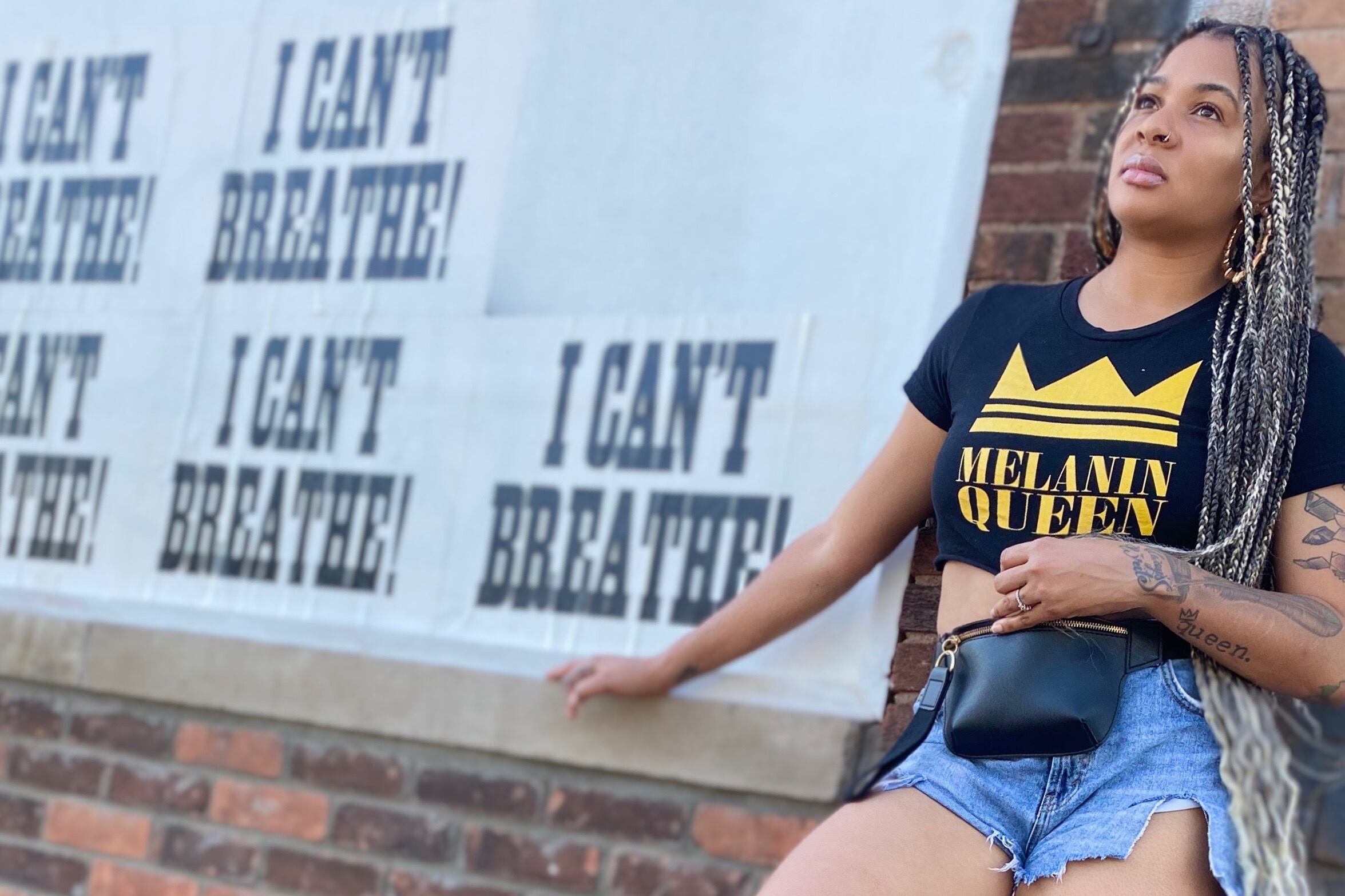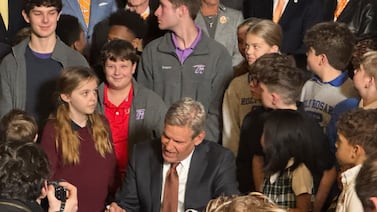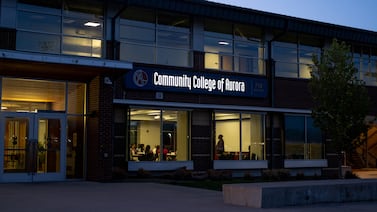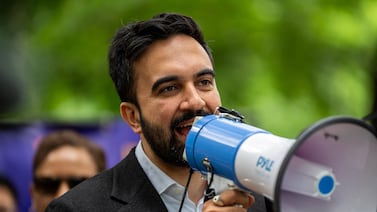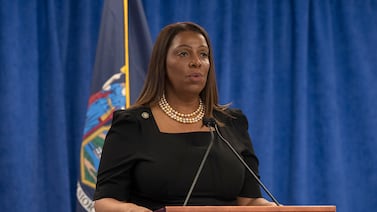Torie Anderson’s high school English students weren’t surprised that she was going to protest police brutality and the death of George Floyd. But when she told them she planned to protest on Tuesday, four days after the first protests in Detroit, they were surprised she hadn’t been protesting already.
Anderson, an English teacher at Davis Aerospace Technical High School in Detroit, has long embraced a dual identity: teacher-activist. Themes of racial justice and protest echo through her lessons.
Still, after recent protests in which police used tear gas and rubber bullets on the crowd, Anderson was nervous. A surveillance helicopter thundered over her house as she prepared to drive to the Detroit police headquarters with her fiance on Tuesday afternoon.
“I’m very, very uneasy,” she said, adding that tensions between police and protesters are “either going to have waned down, or it’s going to have amped up.”
Her nerves were outweighed by a feeling that it was a teachable moment for educators like her.
“Even my former students have been messaging me and posting about [the protests] on Facebook,” she said. “It’s a joy to see them speaking out and using their voices.”
How was the protest?
There weren’t enough black people there. And it kind of made me upset. Like yo, where we at?
I know COVID is an issue in the black community. And there’s the fear of the police. As a black protester, I still feel like I’m going to be viewed differently than a white person.
But it [the protest] didn’t feel like an organic thing. I should just want to jump in and chant, and I just didn’t feel like it was my space.
But then I’m also like, just because I’m not marching doesn’t mean I’m not educating people; I’m not making people aware of what’s going on.
And maybe I’ll try again.
As a teacher, what were you thinking as you prepared to protest?
Just being visible sends a strong message. The president has talked about getting the military involved, and I think a lot of people are afraid now. But I think that should inspire us to do it even more.
It sends a message: ‘Hey, my teachers are down there advocating for my life.’ All of our students pretty much in [Detroit Public Schools Community District]are students of color. We need to be visible.
You’ve been talking for a while about your dual identities as a teacher and an activist. Does what’s happening now feel new to you?
I haven’t protested since Trayvon Martin. I was 100% invested in that, just all in, but sometimes it felt like I was by myself. I had a friend unfollow me because she said I posted too much stuff about injustice. I felt really alone.
Now it just seems that everybody feels this way.
Have you been in touch with your students about the protests and the murder of George Floyd?
Yeah. We’re still teaching. Yesterday I just made the decision to stop using the district’s curriculum for now. We’re reading “March” by John Lewis. I’m reading it to them over Zoom and asking them questions about it.
That’s what being culturally responsive means. This is what’s going on in America right now.
They’re very used to this kind of conversation in my classroom.
They’ve been asking, did you go down [to the protests]. I was like, ‘No I haven’t been. I’ve been thinking about COVID.’
[I went] because I have to practice what I preach.
Did you invite students to protest?
If things weren’t so hostile right now, I would 100% say yes. But right now things are just so tense and I don’t want to put them in a situation I can’t be certain of.
My number-one instinct is to protect them and provide them with a safe space.
How will you talk to your students about your experience at the protest?
I’ll tell them that I went. I’ll tell them what I saw.
I’m definitely going to tie it back to the original civil rights movement. There were a lot of white people who marched in the civil rights movement.
I’m going to think of a way for them to participate via social media. I have a project-based learning activity for social activism. Basically they would identify a social issue in their community, then create a thirty second public service announcement.

